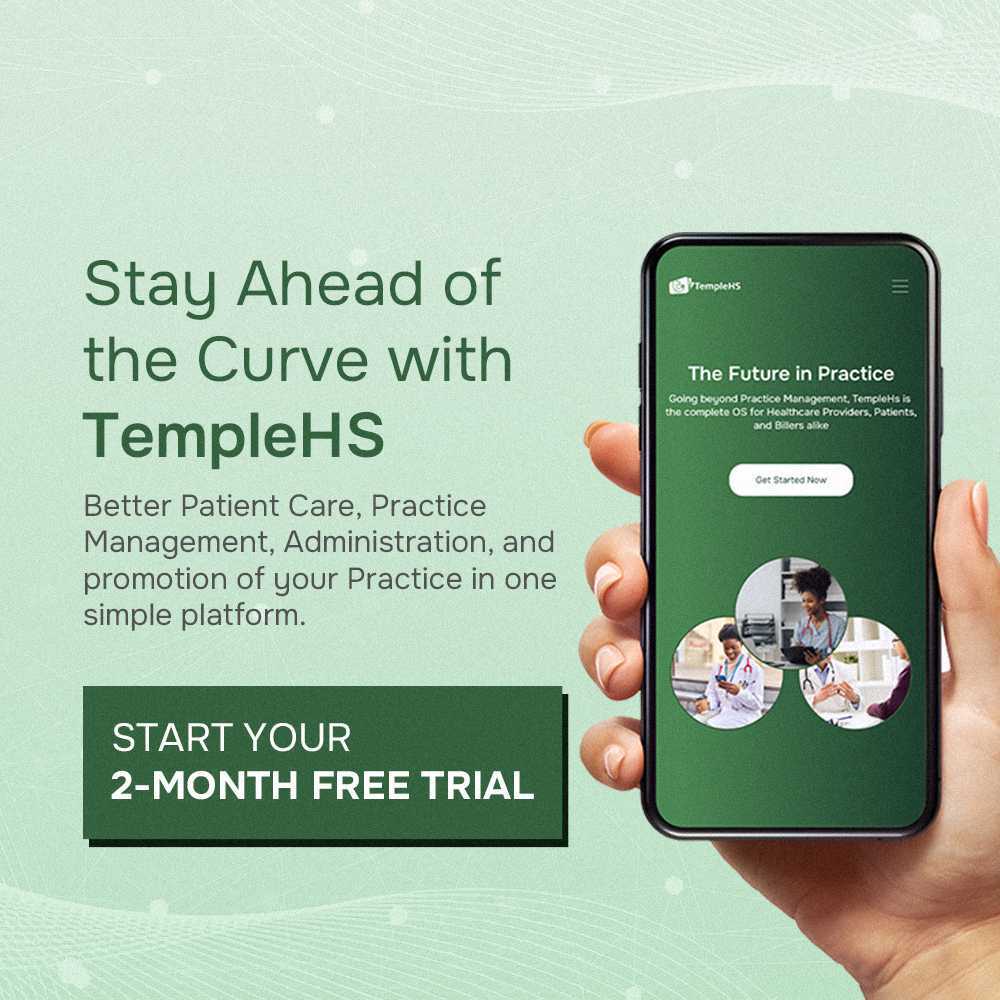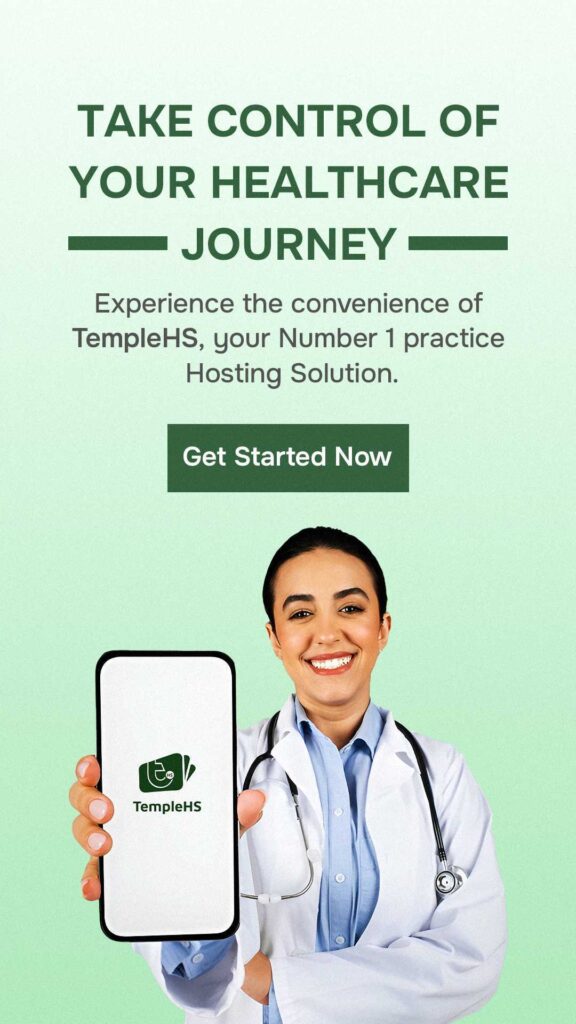Having a strong online presence is important for healthcare providers. Today, most people look online when they need a doctor, dentist, or other healthcare services. When they search, you want to be easy to find, look trustworthy, and make it simple for them to get in touch. If your online presence is weak, patients might go to another provider who has a better online presentation. This is true whether you’re in a big city or a small town.
Building an online presence might seem tough, but it doesn’t have to be. You don’t need to be a computer expert, and you don’t need to spend a lot of money. In this guide, we will walk through simple steps that any healthcare provider can follow. We will talk about easy ways to make your website better, how to be more visible in online searches, and how to connect with patients on social media.
Optimizing Your Website for Patient Engagement
When patients visit a healthcare provider’s website, their experience can heavily influence their decision to book an appointment or continue searching for another provider. A primary factor in this experience is the website’s design and functionality. By prioritizing patient engagement through specific website optimizations, healthcare providers can create a welcoming online space that not only informs but also facilitates the patient’s journey.
Importance of a User-Friendly Design
A user-friendly website design is the cornerstone of effective patient engagement. When a site is easy to navigate, it reduces the time and effort patients need to find the information they’re seeking. Clear headings, intuitive menus, and organized content layout can help visitors quickly identify the services offered, the provider’s qualifications, and any other essential details.
Beyond layout, the visual appeal plays a role too. Utilizing clean, modern design elements with easy-to-read fonts and cohesive color schemes can create a calming and professional atmosphere. This can be particularly beneficial for healthcare providers, as patients often come to these websites seeking trustworthy and reliable information. When a website looks and feels professional, it can instill confidence in the visitor, making them more likely to trust the services provided.
Ensuring Mobile Compatibility
With a significant number of users accessing websites from their mobile devices, mobile compatibility is no longer optional; it’s a necessity. A site that looks great and functions perfectly on a desktop but fails to deliver on mobile can lead to lost opportunities. Patients might struggle to view critical information, encounter slow loading times, or face difficulty navigating the site on a smaller screen.
A mobile-optimized website automatically adjusts its layout, images, and functionalities based on the user’s device, whether it’s a smartphone, tablet, or desktop. This ensures that patients receive a consistent and efficient experience, regardless of how they access the site. Furthermore, search engines like Google give preference to mobile-friendly sites in their rankings, which can directly influence a healthcare provider’s online visibility.
Providing Clear Contact Information and Online Appointment Scheduling
One of the primary reasons patients visit a healthcare provider’s website is to find out how to get in touch or book an appointment. Thus, clear and easily accessible contact information is crucial. This includes phone numbers, email addresses, physical office locations, and operating hours.
Also, integrating online appointment scheduling can be a game-changer. This tool allows patients to book their appointments without the need for a phone call. Use TempleHS’s medical practice hosting solution to set your appointment schedules. This convenience not only saves time for both the patient and the provider but also reduces the likelihood of booking errors.
Using Social Media to Connect and Inform
Social media has evolved from a simple communication tool to a powerful platform for businesses, including healthcare providers, to interact with their audience. Leveraging these platforms effectively can significantly improve a provider’s reach and engagement.
Choosing the Right Platforms for Your Target Audience
Not all social media platforms are the same, and neither are their user demographics. For instance, while Instagram might cater to a younger audience interested in visuals, LinkedIn primarily serves professionals seeking industry connections and updates. As a healthcare provider, identifying where your target audience spends most of their online time is crucial.
Pediatricians might find platforms like Instagram or TikTok more beneficial due to their younger user base, while geriatric care providers could focus on Facebook, which sees a higher engagement from older adults. Researching the demographics and behavior patterns of different platforms can guide providers in choosing the most suitable channels for their practice.
Sharing Relevant Health Tips, Patient Testimonials, and Practice Updates
Content is king on social media, and for healthcare providers, the potential topics are vast and varied. Sharing bite-sized health tips can help educate the public on common health concerns or preventive measures. These snippets of advice can range from the benefits of regular exercise to understanding the symptoms of specific ailments.
Patient testimonials are another potent tool. Real-life stories from satisfied patients can resonate with potential clients, showcasing the provider’s expertise and the positive impact of their services. These testimonials build credibility and give a personal touch, making the healthcare process feel more approachable.
Keeping the community informed about practice updates is also essential. Whether it’s introducing a new team member, announcing expanded service offerings, or informing about changed office hours, such updates keep the patient community in the loop and make them feel connected to the practice.
Engaging with Comments and Feedback to Build Community Trust
Social media is a two-way street. While posting content is vital, engaging with the audience is equally, if not more, important. When patients or followers comment on posts, they’re often looking for acknowledgment, information, or sometimes just a connection. Promptly responding to these comments, whether they’re praises, queries, or concerns, can significantly boost the trustworthiness of a healthcare provider.
Feedback, both positive and negative, offers valuable insights. While positive feedback can be a morale booster and a testament to good service, negative feedback provides an opportunity for growth. Addressing such feedback gracefully, apologizing when necessary, and showing a genuine commitment to improvement can turn a potentially damaging situation into a showcase of professionalism and patient-centricity.
Boosting Visibility with Online Reviews and Directories
Online reviews and directories play a significant role in a healthcare provider’s online presence. They act as a digital word of mouth, influencing potential patients’ perceptions and decisions. Having a strategic approach to managing reviews and maintaining up-to-date directory listings can enhance visibility and attract more patients.
Encouraging Satisfied Patients to Leave Positive Reviews
Happy patients are a healthcare provider’s biggest asset. Their positive experiences can serve as powerful testimonials, reassuring potential patients and building the provider’s credibility. Encouraging such patients to share their experiences online can be hugely beneficial. Providers can kindly ask patients to leave a review on platforms like Google My Business or Healthgrades, explaining that feedback is valued and helps others find quality healthcare services.
By creating a simple process for submitting reviews, and perhaps even providing guidance on how and where to leave them, providers can make it easier for satisfied patients to share their positive experiences, thus contributing to the practice’s online reputation.
Addressing and Responding to Negative Feedback Professionally
Negative reviews are inevitable in any business, including healthcare. How a provider addresses such feedback is crucial. Rather than ignoring or becoming defensive, a professional and empathetic response is essential. Acknowledge the patient’s concerns, apologize if necessary, and express a willingness to make things right.
This approach demonstrates a commitment to patient satisfaction and shows potential patients that the provider values feedback and is dedicated to continuous improvement.
Ensuring Accurate and Consistent Information across All Online Directories
Directories like Google My Business, Yelp, and specialized healthcare directories are often the first points of contact between a patient and a provider online. It’s imperative to ensure that the information listed on these platforms, such as contact details, office hours, services offered, and location, is accurate and consistent.
Discrepancies or outdated information can lead to confusion, miscommunication, and missed appointments, negatively impacting both the patient experience and the provider’s reputation. Regularly updating and auditing these listings ensures that potential patients access accurate information, facilitating smoother interactions and contributing to a positive initial impression.
Consistency across various platforms also enhances search engine performance, making the provider more visible to individuals seeking healthcare services in their locality.
Conclusion
Improving your online presence as a healthcare provider is not as hard as it might seem. By following simple steps like improving your website, being active on social media, and making sure you’re easy to find in online searches, you can connect with more patients. Remember, you don’t need to do everything at once. Start with a few small changes, and you’ll begin to see a difference. With time and effort, your online presence will become stronger, helping your practice grow and succeed. By making it easy and convenient for patients to find and connect with you online, you are also making their healthcare journey a bit easier. So, start today, and take steps toward a better online presence.



